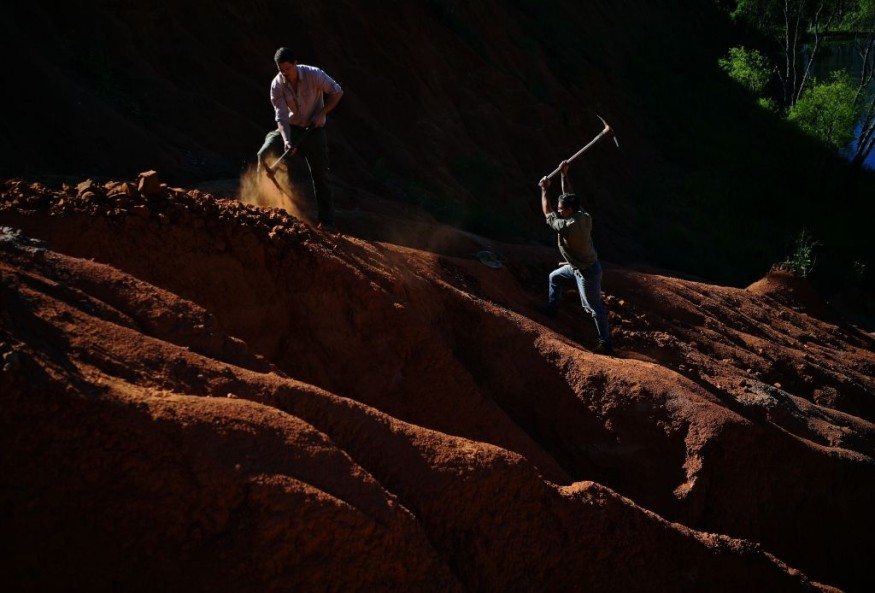
A 230-million-year-old dinosaur was unearthed in Zimbabwe, and scientists identified it as the oldest definitive dinosaur species ever discovered in Africa.
According to LiveScience, the newly discovered dinosaur Mbiresaurus raathi was one of the oldest dino species to walk Earth.
Findings of the new study answer one of the most fundamental questions of Triassic paleontology: Why did dinosaurs live in only some parts of the ancient supercontinent Pangaea?
The star specimen was nearly a complete skeleton when dug on the Pebbly Arkose Formation in northern Zimbabwe in 2017.
It was named after "Mbire," the Shona dynasty that once ruled the region.
The species name honors Michael Raath, who helped discover the first fossils in the area.
The excavation process took five years to complete due to careful unearthing and COVID delays.
On Par with the Oldest Dinosaur Species
As per research curator of paleontology at the North Carolina Museum of Natural Sciences who was not involved in the research, "the earliest dinosaurs were small - far from the giants we usually think of."
The newly named dinosaur is known as a sauropodomorph and a relative of the iconic long-necked sauropods like Brachiosaurus and Apatosaurus.
M. raathi wasn't exactly tiny at around 6 feet (2 meters) long, or about as long as a Shetland pony, but the later sauropods may have made it look like a dwarf, such as the massive 122-foot-long (37 m) Patagotitan.
The new study published in the journal Nature tells about the new Carnian assemblage and the distribution of the first dinosaurs correlated with palaeolatitude-linked climatic barriers.
The report suggested that climatic controls influenced the initial composition of the terrestrial faunas that persist to this day.
Paleontologists said that this assemblage almost exactly mirrors the fossils found an ocean away, buried in the steppes of Patagonia or tucked away in the rocky outcroppings of Brazil.
A Millenia-Old Mystery
Many regions are now separated by entire oceans, but continents were once smooshed together into one giant landmass known as Pangaea.
Coasts once shared flora and fauna, including South America and Africa.
"If you draw a line across Pangaea connecting northern Argentina and southern Brazil, you cross northern Zimbabwe as well," said first author Christopher Griffin, a vertebrate paleontologist at Yale University.
Consequently, M. raathi closely resembles other late Triassic sauropodomorphs found in Brazil, as well as in India.
It remains a bit of a mystery as to why certain animal species were relegated to certain regions of Pangaea during the time.
"You might think that it would be easy to traverse a supercontinent," said Steve Brusatte, a paleontologist at the University of Edinburgh in Scotland, "but it seems not."
Building on earlier research, researchers suggested that different climate patterns held Triassic animals in place, rather than oceans, as closely-related dinosaurs found in South America, south central Africa and India roamed freely across this particular latitude band, but not outside of it.
Researchers think that this is likely because of climatic barriers like extreme heat or drought.
© 2025 NatureWorldNews.com All rights reserved. Do not reproduce without permission.





